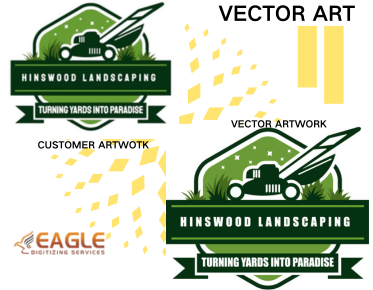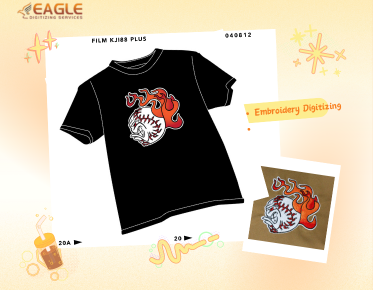What are the basic materials used in silkscreen printing?
Silkscreen printing, a popular method for transferring images onto various surfaces, owes its effectiveness to a set of basic materials crucial for the process's success. Whether you're new to this printing technique or a seasoned professional, understanding the fundamental materials used in silkscreen printing is essential. This knowledge not only ensures high-quality prints but also enhances efficiency and creativity in the printing process.
The Screen: The Core of Silkscreen Printing
The screen is the centerpiece of silkscreen printing. Traditionally made from silk, modern screens are often made from polyester or stainless steel mesh. The choice of mesh material and count (the number of threads per inch) depends on the detail required in the print and the type of ink used. For example, finer meshes are used for detailed designs while coarser meshes are suitable for bold prints.
Emulsion: The Light-Sensitive Layer
Emulsion is a photo-reactive liquid applied to the screen to create a stencil. Once applied, the screen is exposed to light, hardening the emulsion except where the design blocks it. This hardening process creates the stencil, allowing ink to pass through only the non-hardened areas. Proper use of emulsion, tailored to the duration of exposure and environmental conditions, is crucial for a crisp, clear design.
Inks: The Foundation of Color
Inks used in silkscreen printing come in various types, including plastisol, water-based, and discharge inks. Plastisol inks are known for their durability and vivid colors, making them a popular choice for printing on dark fabrics. Water-based inks offer a softer feel and are ideal for lighter fabrics, while discharge inks are used to remove the dye in the fabric to achieve bright prints on dark garments.
Squeegee: The Essential Tool
The squeegee is used to push ink through the screen onto the printing surface. Its construction typically involves a wooden or metal handle with a rubber blade. The blade’s hardness, or durometer, determines the ink deposit; softer blades lay down more ink, while harder blades are used for cleaner, more detailed prints.
Exposure Unit: For Precise Stencil Formation
Exposure units are used to harden the emulsion on the screen by exposing it to light. The precision of this step determines the quality of the stencil. Exposure units vary from basic setups using sunlight to sophisticated systems offering controlled lighting conditions to ensure consistent stencil creation.
Drying Racks and Heat Source
After printing, it is essential to dry the ink to set it permanently onto the material. Racks help in organizing multiple prints during the drying process. Additionally, heat sources like flash dryers or conveyer dryers are used to cure the ink to ensure durability.
Additional Tools: Registration Systems and Cleaning Supplies
Aligning multiple colors or layers accurately requires a good registration system. These systems help in ensuring each color aligns precisely during multi-color prints. Cleaning supplies are equally vital to maintain screens and tools. Cleaning ensures the screens are clear of ink and emulsion, ready for reuse.
Advanced Tools and Techniques in Silkscreen Printing
Beyond the basics, the world of silkscreen printing extends into more advanced methods and tools. From vectorizing artwork to multi-color presses, the field constantly evolves.
The Role of Digital Vector Services in Modern Printing
Services like Eagle Digitizing provide comprehensive solutions ranging from image vectorization services to tailor-made color separations for screen printing. These digital services enhance the accuracy and efficiency of printing processes by converting raster images into scalable vector formats, necessary for producing high-quality prints.
As technology advances and the demand for unique prints grows, integrating digital solutions with traditional silkscreen printing methods offers exciting possibilities. With a solid understanding of both fundamental materials and digital enhancements, you can achieve exceptional results in your printing projects. Could the future of silkscreen printing be more digital and precise? Exploring these technological advancements offers an intriguing perspective on the evolution of this age-old craft.



